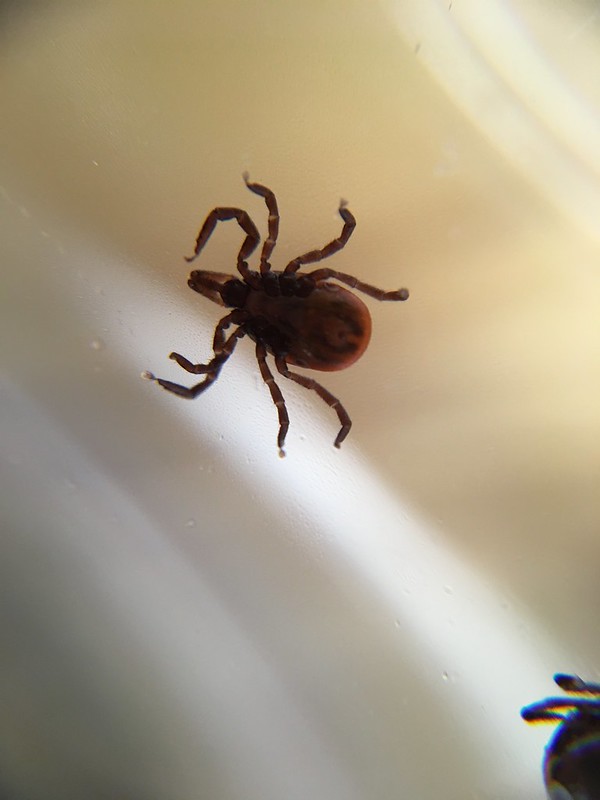
Women who have long COVID are at higher risk for heavy menstrual bleeding (HMB), perhaps from an outsized inflammatory response, British and French researchers report in Nature Communications.
The team used data from a study involving 12,187 British women, the care of 54 women with long COVID for 3 months, and analysis of blood and endometrial (uterine lining) samples. The goals were to identify any relationship between COVID-19 and abnormal uterine bleeding, determine if long-COVID symptoms vary with the menstrual cycle, and explore potential underlying mechanisms.
In total, 40% of participants had received one or two doses of COVID-19 vaccine.
"These menstrual symptoms can have a profoundly negative impact on quality of life, interfering with physical, social, mental and material wellbeing," the team wrote. "HMB is a leading cause of iron deficiency anemia in developed countries, and, when extreme, can necessitate blood transfusion."
Higher levels of male hormone
Of all participants, 57% reported at least one abnormal menstrual symptom, such as irregular cycles, heavy bleeding, abnormal cycle length, and prolonged menstrual periods at baseline, and 20% had a condition affecting reproductive function (eg, endometriosis, polycystic ovary syndrome, HIV/AIDS, underactive/overactive thyroid, uterine polyps or fibroids, eating disorders, interstitial cystitis [bladder pain]).
Differences in peripheral and endometrial inflammation may contribute to AUB and long COVID symptom severity.
Compared with 9,423 uninfected women, 1,048 participants with long COVID reported heavier menstrual bleeding, longer periods, and bleeding between periods, while 1,716 who recovered from acute COVID reported mild menstrual disruption.
Among the 54 women provided follow-up care across the menstrual cycle, heavy bleeding was greatest during the perimenstrual and proliferative (uterine lining–thickening) phases.
Higher levels of the male hormone 5α-dihydrotestosterone and lower levels of endometrial androgen (male hormone) receptors were observed in long-COVID patients than in uninfected women. Greater menstrual inflammation was noted in long-COVID patients, and immune-cell clusters were seen in menstrual endometria.
"In conclusion, long COVID was associated with AUB [abnormal uterine bleeding] but not impaired ovarian function," the study authors wrote. "Differences in peripheral and endometrial inflammation may contribute to AUB and long COVID symptom severity."














